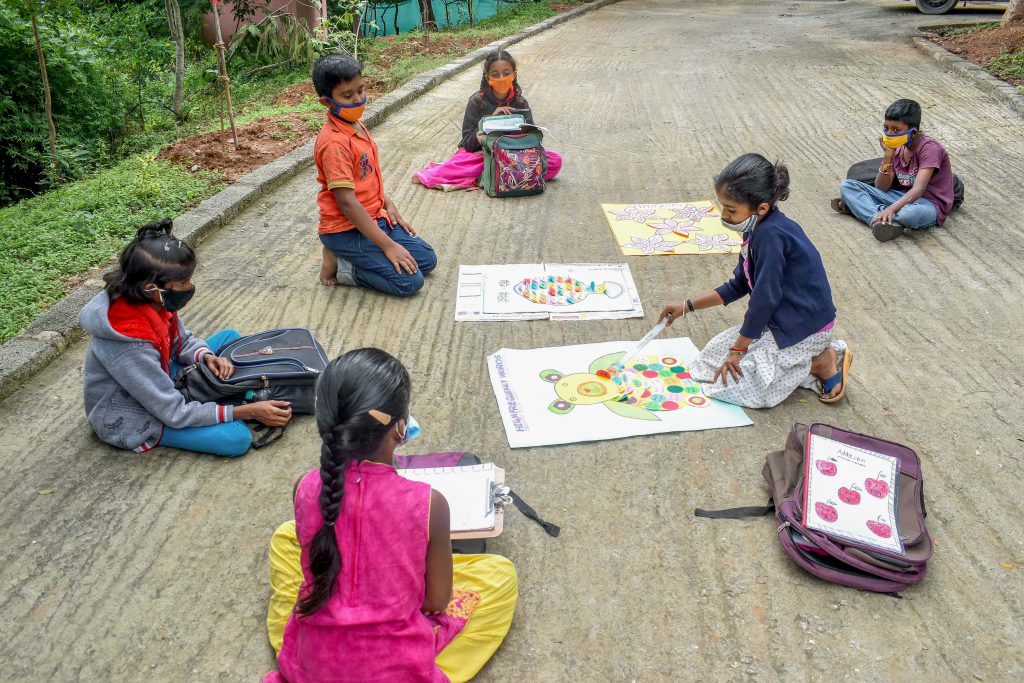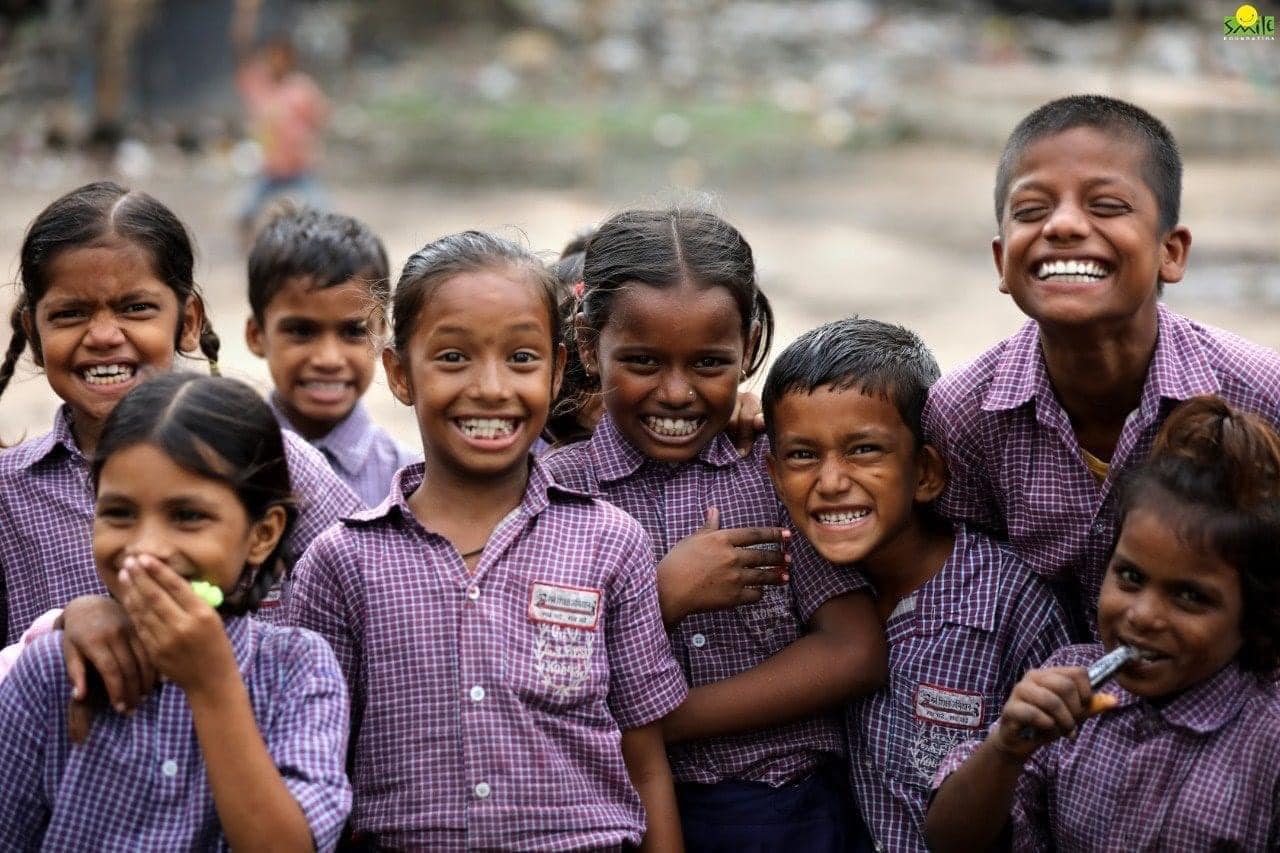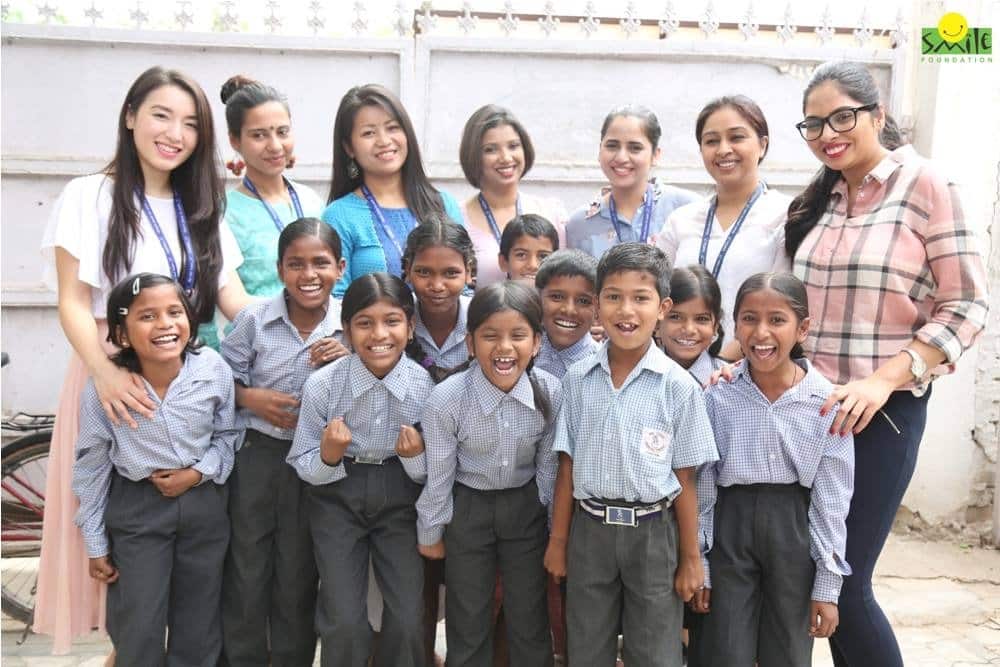In the vast history of human achievement, the strokes of great painters, the melodies of renowned musicians, and the profound words of esteemed writers have left an indelible mark on our collective consciousness. From the captivating paintings of Frida Kahlo to the timeless renditions of Jagjit Singh and the groundbreaking literature of Virginia Woolf, the arts have woven a rich culture of expression throughout history. As we marvel at these giants, it raises a crucial question: Why should children pursue the arts? Beyond the notions of entertainment, the arts play an important role in shaping young minds and fostering holistic development.
The Intersection of Arts and Science
While science and technology often take center stage in educational discourse, the arts are no less critical. In fact, they form an integral counterpart, contributing to a well-rounded education that nurtures creativity and emotional intelligence. The dichotomy between logic and creativity, often portrayed as the left and right hemispheres of the brain, highlights the importance of balancing both aspects for comprehensive cognitive development.
Consider the brilliance of Leonardo da Vinci, a polymath who seamlessly merged art and science. His anatomical sketches, alongside masterpieces like the Mona Lisa, exemplify the harmonious coexistence of logic and creativity. Embracing both disciplines allows individuals to engage in a symbiotic relationship between structured problem-solving and imaginative thinking.
Children, Their World, and the Natural Extension of Arts
Children, with their innate curiosity and boundless imagination, inhabit a world where creativity knows no bounds. The arts become a natural extension of their beings, providing a medium through which they can express emotions, thoughts, and ideas that may be challenging to articulate verbally. Engaging in artistic pursuits empowers children to explore their identities and make sense of the world around them.
Drawing, painting, playing musical instruments, and writing allow children to communicate their feelings and perceptions in ways that transcend language barriers. This form of expression serves as a crucial outlet for self-discovery and emotional regulation, fostering a sense of autonomy and confidence in their abilities.
In the context of education, schools must recognise that the development of a child cannot be solely centered around academic achievements. While academic excellence is undoubtedly essential, a well-rounded education encompasses the nurturing of creativity, critical thinking, and emotional intelligence. Schools should strive to create environments that celebrate the diverse talents of students, offering avenues for artistic expression alongside traditional academic pursuits.
The Two Parts of Our Brain: Logic and Creativity
The human brain comprises two hemispheres, each specialising in distinct cognitive functions. The left hemisphere is associated with logical reasoning, analytical thinking, and problem-solving, while the right hemisphere is linked to creativity, imagination, and artistic expression. A holistic education that includes both scientific and artistic disciplines ensures the balanced development of both hemispheres, promoting a well-rounded cognitive skill set.
Artistic endeavours stimulate the right hemisphere, enhancing cognitive functions such as spatial awareness, pattern recognition, and divergent thinking. When children engage in creative activities, they not only refine their artistic skills but also strengthen the cognitive foundations that support overall learning and development.
How Beautiful Things Make People Good in Their Lives
Beauty has a profound impact on the human psyche, influencing emotions, attitudes, and behaviours. Exposure to art, whether visual, auditory, or literary, introduces children to the concept of aesthetic appreciation. The ability to recognise and appreciate beauty cultivates a sense of discernment and a heightened sensitivity to the nuances of the world.
Engaging with beautiful things through the arts instills values such as empathy, compassion, and a deep appreciation for diversity. Whether through the universal language of music or the evocative power of visual arts, children develop an understanding of different perspectives and cultures, fostering open-mindedness and tolerance.
The transformative power of the arts extends beyond aesthetics. Research suggests a positive correlation between arts engagement and various aspects of personal development, including enhanced cognitive abilities, improved academic performance, and increased social competence. Through artistic exploration, children not only refine their technical skills but also cultivate crucial life skills such as communication, collaboration, and perseverance.
In Conclusion: Arts and Children
In a world increasingly driven by technological advancements, it is crucial to recognise the indispensable role of the arts in nurturing well-rounded, empathetic individuals. Children, with their innate capacity for creativity and imagination, find a natural outlet for self-expression and self-discovery through artistic pursuits. The harmonious integration of arts and science in education ensures that young minds are equipped with the cognitive tools necessary for navigating the complexities of the modern world. As we encourage children to understand arts better in our Smile Foundation education programme, we empower them to become not only skilled artists but also compassionate, open-minded individuals who appreciate the beauty and diversity that enrich the human experience.









